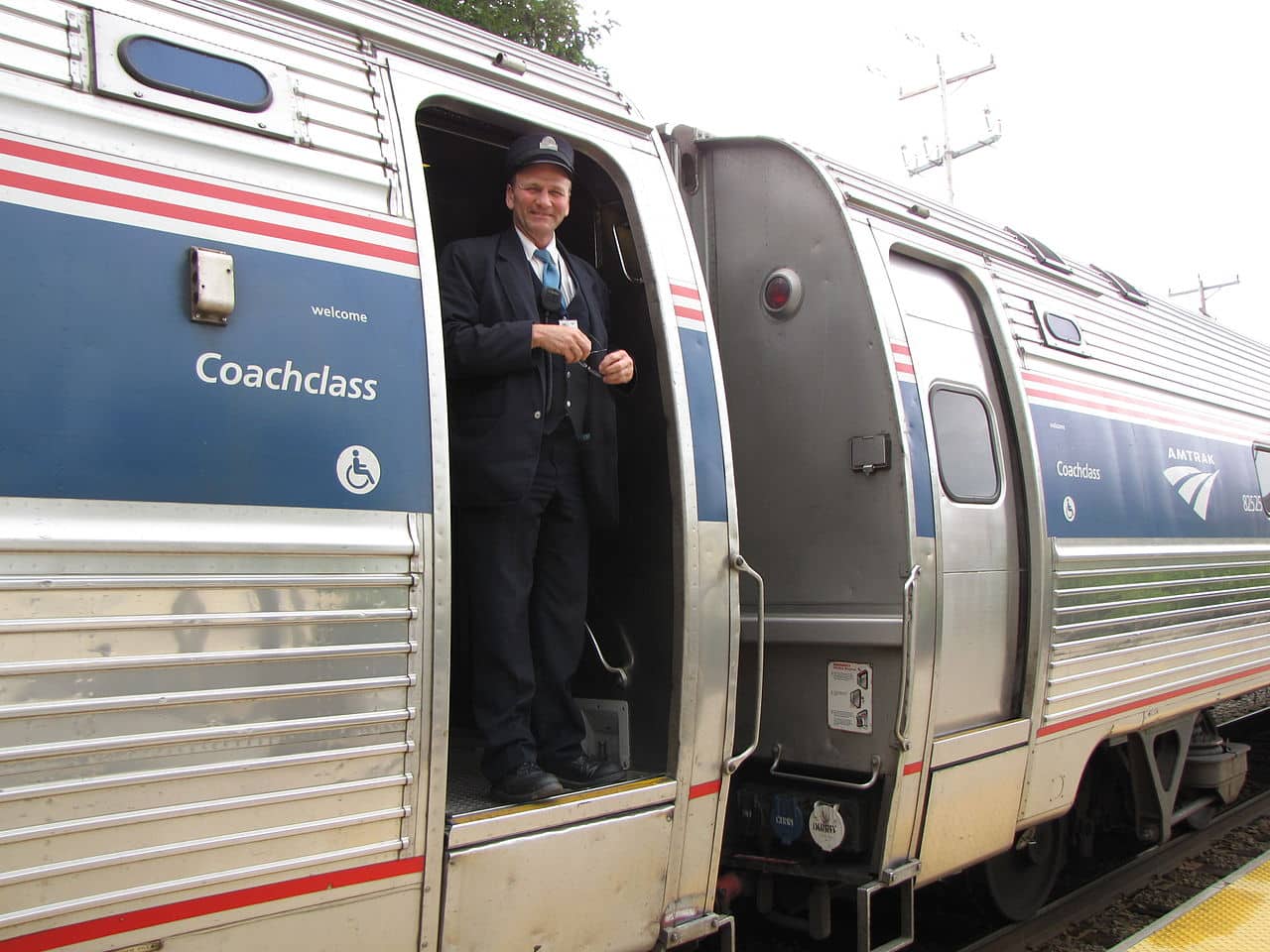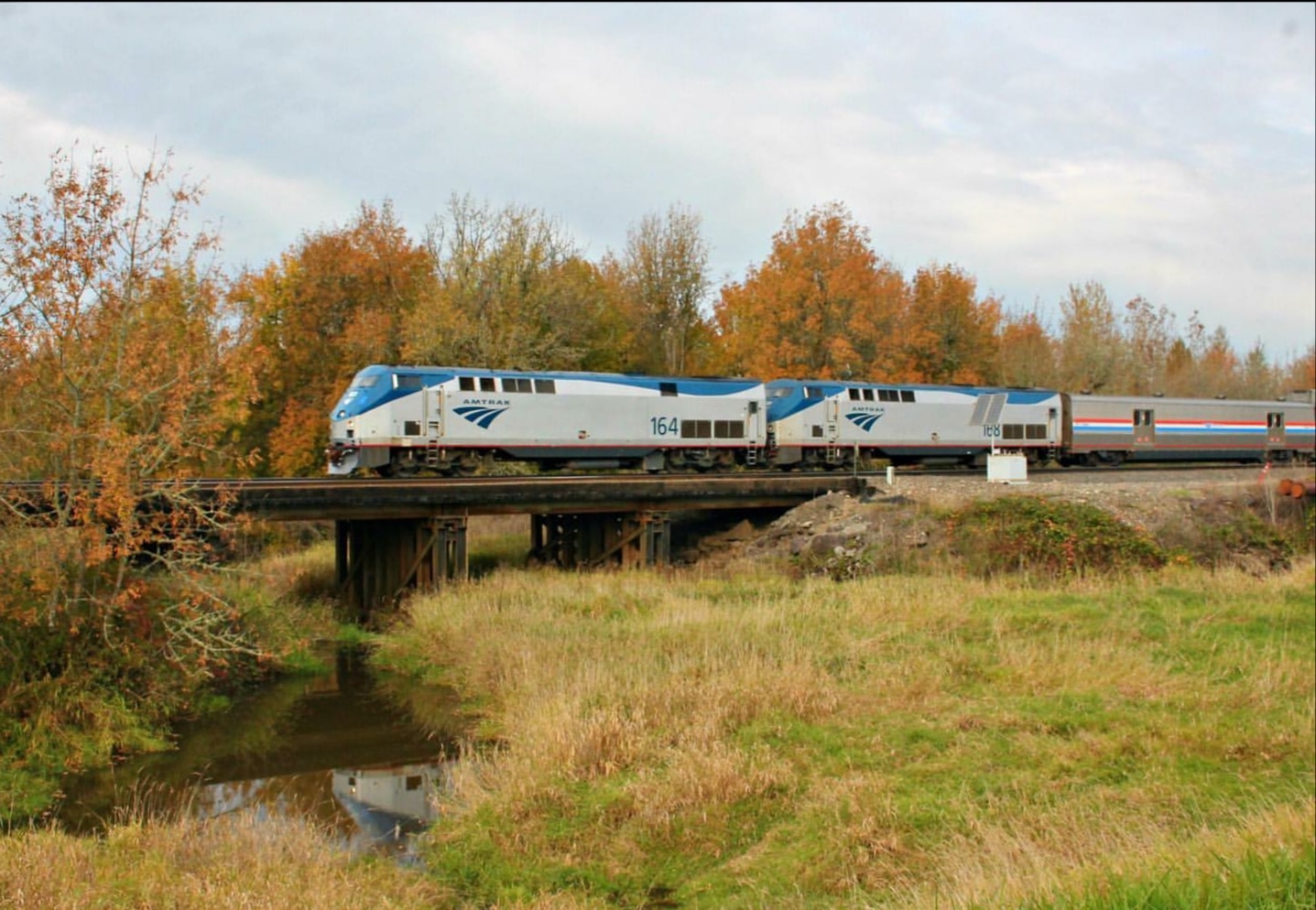Train Conductor Definition
A conductor is the boss of a train crew. The “conductor” title is most common in North America, but you can find it under different job titles all over the world. Railway conductor, conductor, railroad conductor, train guard being few of such examples.
The term train guard, which derives from stagecoach, is used mostly in Australia, New Zealand and U.K but the duties are the same worldwide. Until the 20th century, train conductor duties were split in two, train guards and travelling ticket inspectors, which later on merged into one single occupation.
The conductor coordinates the daily activities of train crews
, and is responsible for the care of its cargo and equipment.
This position is one of the oldest, and the role of conductor has changed very little over the years in terms of job requirements.Let’s take a closer look at one day in the life of a train conductor.
Before the radio communication era
, the conductor was communicating with the head-end team via whistles and/or light signals. The flagman was at the rear of the train, signaling to the locomotive engineer any potential problems.
Computers and the radio communication technology had a huge impact on the conductor duties, replacing the manual signals with state of the art technology.
Since the manual signals were not used anymore
, the caboose has been abolished. The caboose used to be the last train car, which was designed to shelter the train crew.
The caboose car was replaced with what is called Flashing Rear-End Device (FRED), which sends data to the locomotive engineer, not through whistles or light signals but via radio-based telemetry.
Flashing Rear-End Device originated in North America
, was introduced in 1969, and totally revolutionized the industry.
From that point on, the train crew has been permanently moved from the caboose to the head-end.
Once with FRED and diesel locomotives
, the fireman and flagman occupations were eliminated as well.
Copyright © Tacoma RailFan
Now that you have some understanding about the train conductor role, we can proceed further with how to become a train conductor, train conductor schools, courses and costs.


Becoming a train conductor
There are few train conductors schools available, as well as courses. Some of the schools use instructor led, former locomotive engineers or other Class I railroad professionals, teaching what they already lived. Many offer state of the art laboratories, locomotive simulators, replicating broad railroad working environments.
The train conductor schools requirements are quite straightforward, but they might differ, most of the schools require you to be over 18 years old, no DUI ( or at least recently), be able to pass vision and hearing tests, have a driver license or be able to obtain one.
Some of the courses you are expected to take are, transportation training, mechanical training, signal training.
Train conductor school costs differ as well but you may expect to pay anywhere between $1000 – $3000.
Companies like Union Pacific
, offer on site training, according to their website, it will take about 14 weeks and you will be assigned to either a switch person, brake person or conductor assignment.
There are a couple entry-level positions where you can work as, this will get you the experience needed which will eventually lead to becoming a
train conductor
.
The reason they are called entry-level is because they take very little training to get you going, these are called Switchperson or Brakeperson.
Both positions will help you to become a railway conductor or a locomotive engineer.
You can read more about the difference between a Train Conductor Vs. Locomotive Engineer but the essence is this, the conductor is in charge of the train, crew and freight and the engineer of the locomotive.
As mentioned in a few places around the blog, railroad jobs are tough, a conductor work environment can be challenging, being gone for days, weeks at the time. Not being home on the weekends, working nights.
But the job comes with great benefits.
For example, BNSF offers what they call “Beyond the basics”, medical, dental, vision and 401(k), according to their website they complement these with health, retirement and wellness programs.
Working in the railroad industry for a minimum of 60 months will make you eligible for the Railroad Retirement System instead of the Social Security. Some railroad companies will reimburse your tuition for job-related programs. For more information you should read best railroads to work for in 2019 and 2020.
Train Conductor Job Description
As a railway conductor, your focus will be on safety, whether of passengers or cargo.
Some of the responsibilities will be to make sure the train stays on schedule, completing paperwork, controlling the train movement.
As a passenger train conductors part of your duties will be opening and closing train doors, ticket collecting and answer passenger questions.
A freight conductor also supervise the loading and unloading of cargo. Freight railroad conductors may also operate remote controlled equipment.
Copyright © Tacoma RailFan
Train Conductor Jobs
As mentioned above, opportunities for this career are great even with the expected 2% (1,500 railroad jobs) reduction within the next 10 years.
According to AAR.org, freight railroads industry employ around 165,000 people in the U.S alone with approximate 20% of them being veterans. As long as you meet the qualifications and have completed the proper training ( depending on the area of the country the work is in) you have a great chance of getting a job.
You wouldn’t start a job without knowing how much you can earn, correct? We have done some research into how much a train conductor salary is and few more interesting facts.
Train Conductor Requirements
Rail companies typically require a high school diploma (or GED equivalent). You will need to pass the medical exam, the drug screen, and the background check.
Some train companies require new conductors to complete a 5-6 week training program, operated by them or through a community college or technical train conductor school. At the end of the program you will obtain a certificate in railroad conductor technology.
Train Conductor – The Bridge
After having several years experience as train conductors, some people will apply to obtain a certificate in order to become locomotive engineers.
First requirement is to have a high school diploma (or GED equivalent). You will need to pass a background check and drug test. Locomotive engineers must be certified by the Federal Railroad Administration. That includes a written test, skills test, vision and hearing test.

